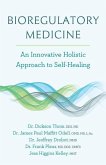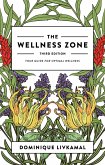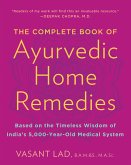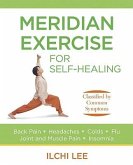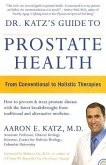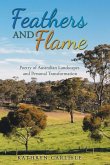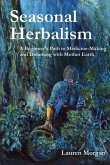This volume documents healing traditions in Eastern Siberia in an area extending from Lake Baikal northwards through the Enisei River to the Arctic Ocean. The region shows an interesting unity in healing traditions across a wide range of landscape types and culture areas: from the taiga-steppe borderlands influenced by Tibetan and Russian practices in the south, to the north where shamanic traditions prevail. There are broad similarities in using unrefined natural materials for healing, as well as in a concern over the 'spiritual' foundations of health, with an accent upon the land as an important dimension. Due to this diversity, this region provides a strong point of comparison to ecologies in other parts of the circumpolar North and an appropriate volume with which to launch the series. The chapters document a blossoming of autonomous healing traditions in post-Soviet Siberia resulting from social crisis in the aftermath of the collapse of the previous centralized health system. It is a type of 'medical pluralism' marked by a popularity of alternate, non-clinical treatments. But, the sudden upsurge in autonomous cures also speaks to the silent survival of these knowledge traditions in a context where only official medical practice dominated the public sphere for seventy years. Although examples show the creative way individuals have managed to heal their families and communities in particular places and times, the intuition of how to balance locally accessible knowledge with centrally financed expert knowledge is a common problem throughout the North, if not throughout the world. It is our hope that this volume will encourage more interest in the local healing solutions devised by people living in the circumpolar North. Chapters by: David G. Anderson; Justine Buck Quijada; Katherine Metzo; Vindarya N. Gololobova (Translated by Ol'ga Pak); Janice Brummond; Joseph L. Long; David G. Anderson; Donatas Brandisauskas; Vladimire N. Davydov; Edward Vajda.
Bitte wählen Sie Ihr Anliegen aus.
Rechnungen
Retourenschein anfordern
Bestellstatus
Storno


